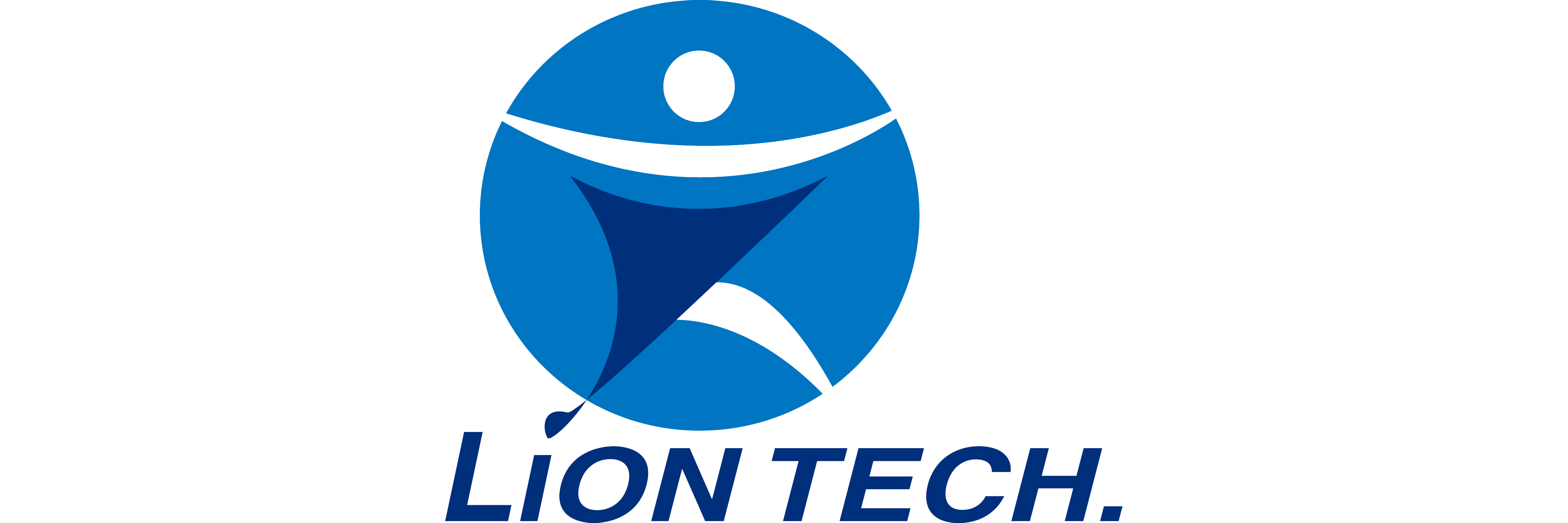ECHA announces three SVHC review substances
On February 28, 2025, the European Chemicals Agency (ECHA) announced a public comment period on three potential substances of very high concern (SVHCs). The public comment period will end on April 14, 2025. During this period, all stakeholders can submit their comments to ECHA. If the three substances pass the review, they will be added to the official SVHC list and become the 33rd batch of SVHC substances. Substance Information Substance Name, CAS No., Reason for Inclusion Chemical Structure Common Uses 1,1,1,3,5,5,5-heptamethyl-3-[(trimethylsilyl)oxy]trisiloxane CAS No.: 17928-28-8 Reason for Inclusion: vPvB (Article 57e) Used in washing and cleaning products, car care products, paints and coatings, adhesives, cosmetics and personal care products Decamethyltetrasiloxane CAS No.: 141-62-8 Reason for Inclusion: vPvB (Article 57e) Used in washing and cleaning products, polishes and waxes, as well as cosmetics and personal care products Substance Name, CAS No., Reason for Inclusion, Common Uses, Chemical Structure Tetra(sodium/potassium)7-[(E)-
